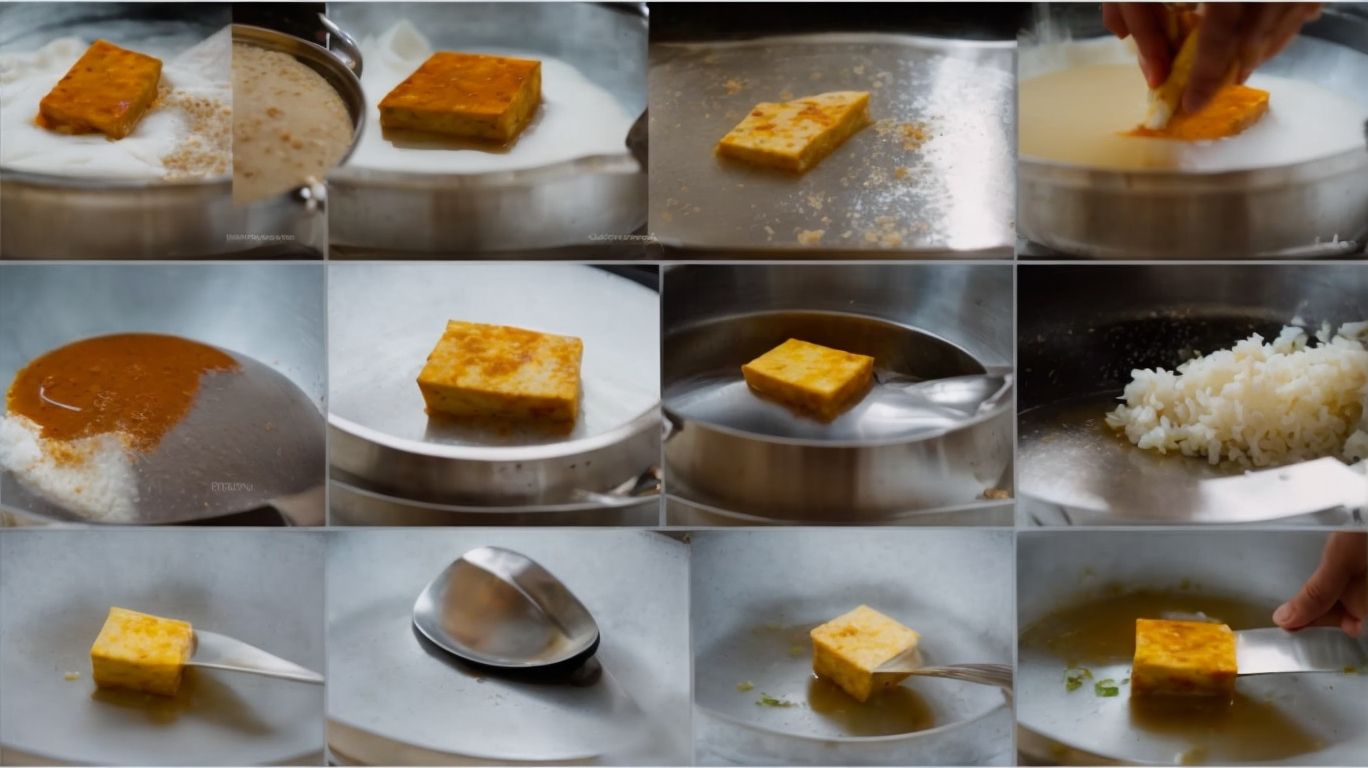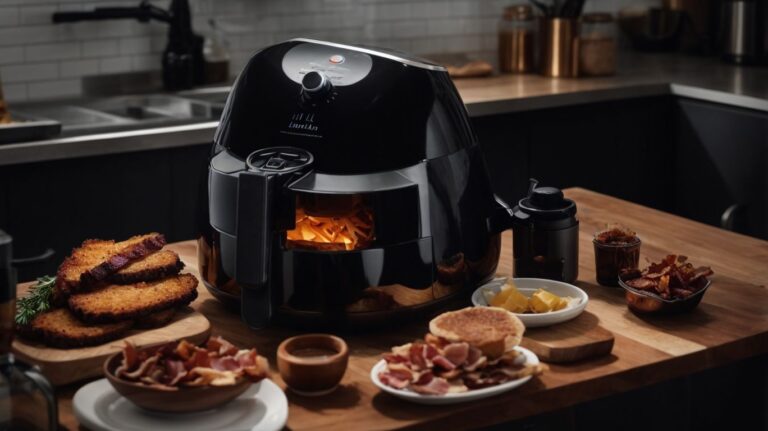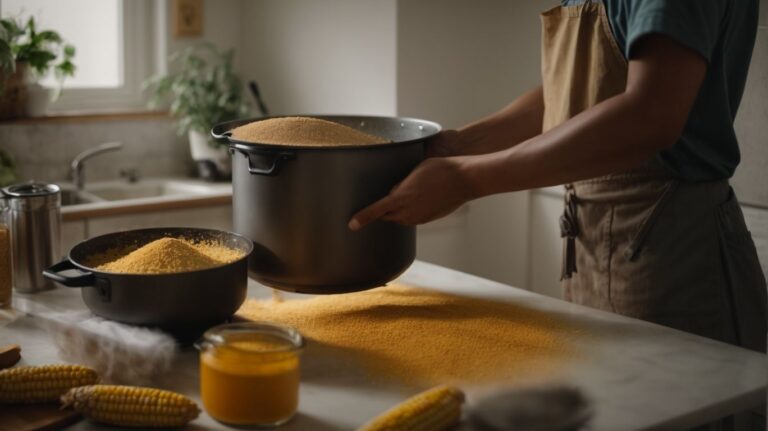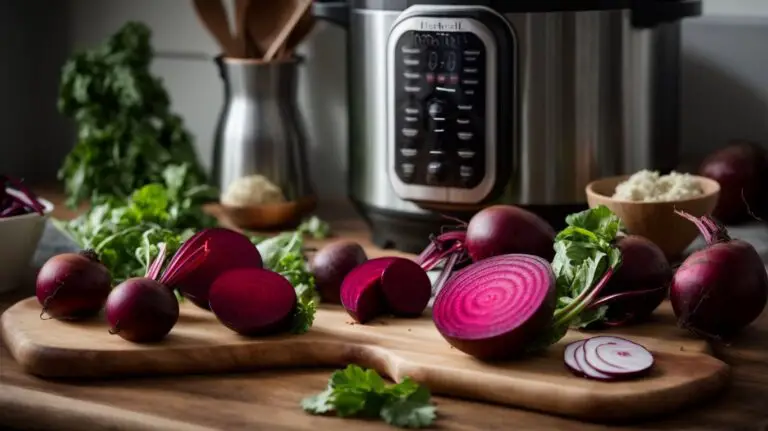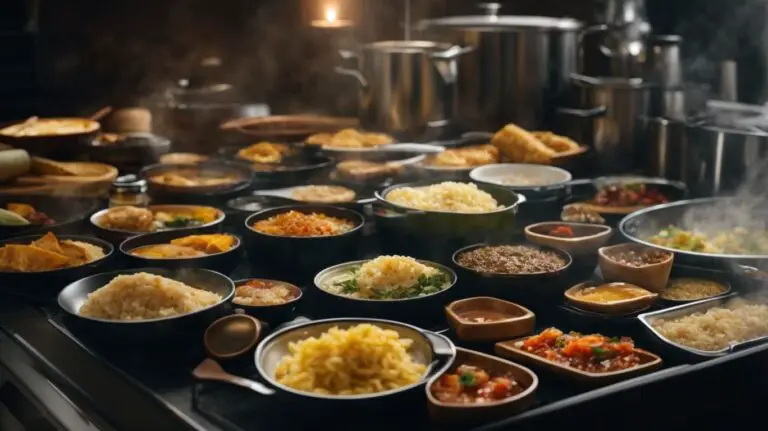How to Cook Paneer for Curry?
Curry is a popular dish enjoyed worldwide, and one variation includes paneer, an Indian cheese adding a rich and creamy texture.
We’ll explore what paneer is, how it’s made, its nutritional value, and the different types available.
Discover how to choose the right paneer for your curry, how to prepare it, the best spices to use, and various cooking methods.
Get tips for cooking the perfect paneer curry and serving suggestions. Elevate your curry game with delicious paneer curry recipes!
Key Takeaways:
What is Paneer?
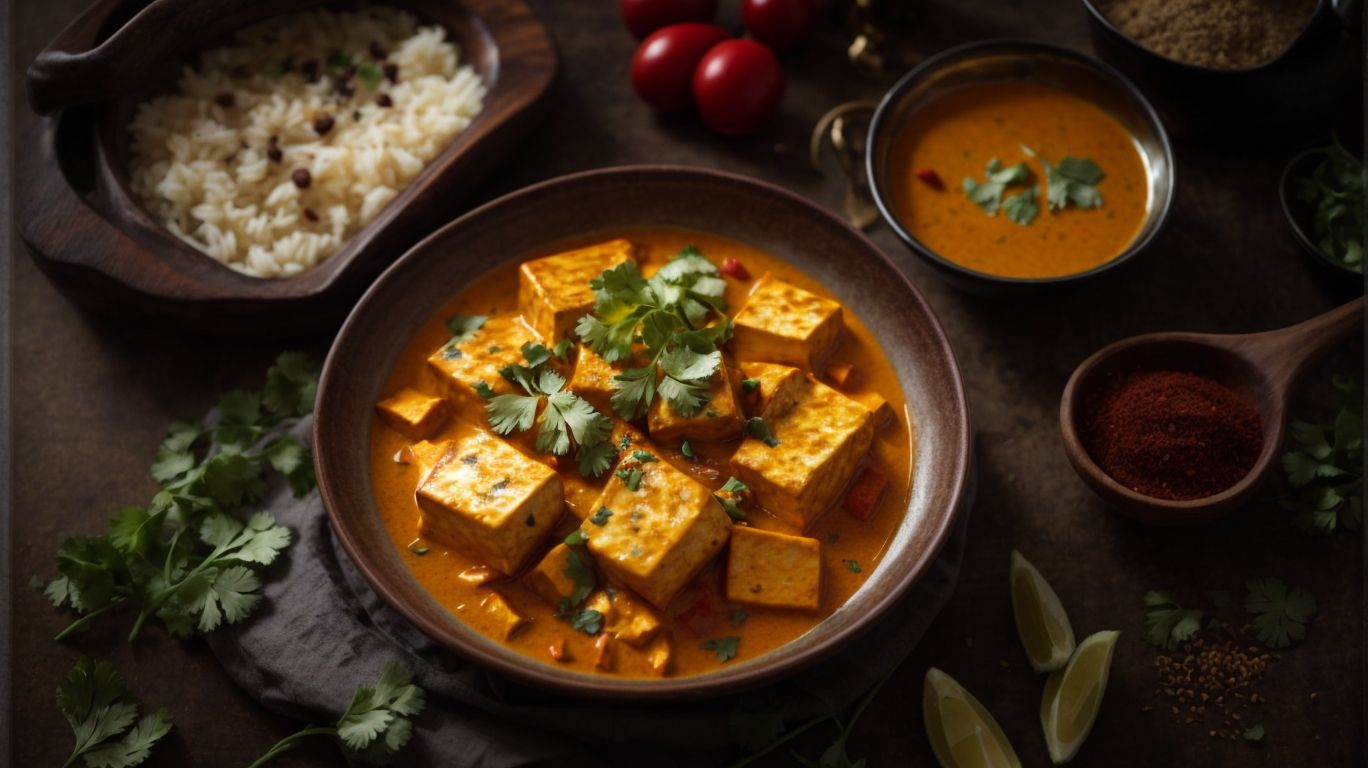
Credits: Poormet.Com – Ralph Walker
Paneer is a fresh cheese commonly used in Indian cuisine, known for its soft texture and versatility in various dishes.
This dairy product is a staple in vegetarian cooking due to its high protein content, making it an excellent meat alternative. Paneer is often featured in popular Indian recipes such as paneer tikka, paneer butter masala, and palak paneer. Its mild flavor allows it to absorb the rich spices and flavors of Indian cooking, creating a delightful burst of taste with every bite. Paneer is easy to prepare and can be grilled, fried, or added to curries and gravies, showcasing its adaptability in different culinary practices.
How is Paneer Made?
Paneer is typically made by curdling hot milk with an acid like lemon juice or vinegar, then straining the curds to obtain the cheese.
In the traditional method of preparing paneer, the first step involves heating the milk until it is just about to boil, stirring it consistently to prevent scorching. Once the milk reaches the right temperature, the curdling agent is added gradually while stirring gently to allow the curds to separate from the whey.
After the curds have formed, they are strained using a muslin cloth or a fine sieve to remove excess liquid. The strained curds are then often pressed into a block, weighed down with a heavy object, to shape the paneer.
What is the Nutritional Value of Paneer?
Paneer is a rich source of protein and calcium, making it a valuable addition to vegetarian diets for muscle growth and bone health.
Paneer also contains essential nutrients like phosphorus, magnesium, and vitamin D, all of which play a significant role in maintaining overall health. The high protein content in paneer helps in repairing body tissues and supports immune function.
Many individuals looking for plant-based protein sources often turn to paneer due to its versatility in various dishes and its ability to keep you full and satisfied. In addition, the calcium levels in paneer contribute to strong bones and teeth, making it an excellent choice for those looking to boost their calcium intake.
What You Need to Know Before Cooking Paneer for Curry
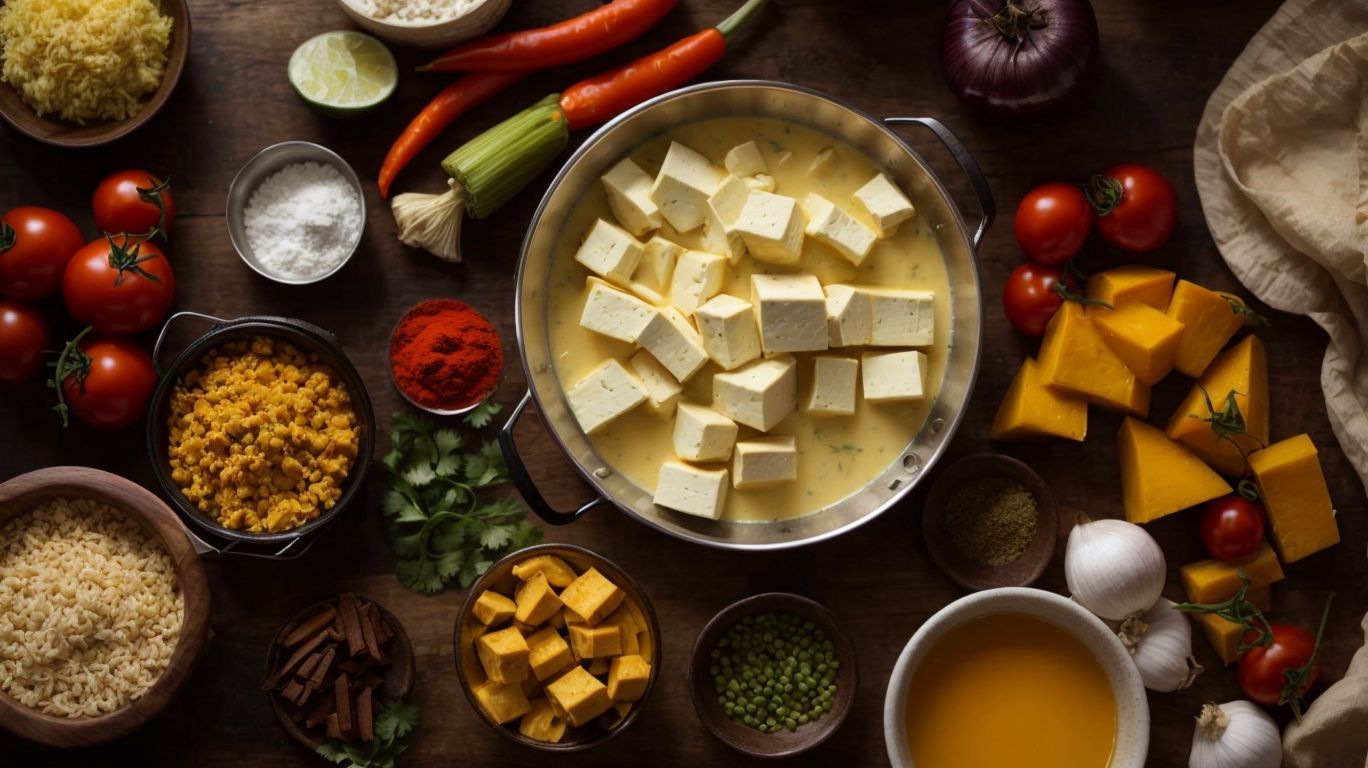
Credits: Poormet.Com – Benjamin Garcia
Before preparing paneer curry, it is essential to select the right spices, ingredients, and cooking techniques to enhance the flavors and textures of the dish.
In terms of spice selection, opt for a blend that complements the creamy texture of the paneer, such as garam masala for warmth or tangy amchur powder for a citrusy kick. For the best results, use fresh, high-quality ingredients like homemade paneer or organic tomatoes. The method of preparation is equally crucial – whether you simmer the curry slowly to let the flavors meld or add a pop of freshness with a garnish of cilantro, each step influences the final taste of the dish. Remember, attention to detail can elevate a simple paneer curry to a culinary delight.
How to Choose the Right Paneer for Curry?
When selecting paneer for curry, opt for fresh paneer cubes that are soft and have a creamy texture to ensure they absorb the flavors of the spices effectively.
It is important to choose paneer that is neither too hard nor too crumbly, as the ideal paneer for curries should hold its shape while being soft enough to melt in your mouth. Look for paneer that is slightly moist and doesn’t crumble easily, indicating good moisture content. The color of the paneer should be pale ivory, a sign of freshness. Paneer that is too yellowish may indicate a longer shelf life, affecting its taste and texture.
What are the Different Types of Paneer?
Paneer comes in various types, including homemade and store-bought options, each offering unique textures and flavors for diverse culinary creations.
Homemade paneer, crafted by curdling hot milk with a souring agent like lemon juice or vinegar, boasts a delicate and fresh taste, with a slightly softer consistency compared to its commercially produced counterpart.
On the other hand, store-bought paneer, which is typically firmer and more resilient in texture, lends itself well to grilling and frying without losing its shape. The nuanced differences in taste and texture of paneer varieties can impact the outcome of dishes like paneer tikka, mattar paneer, or shahi paneer, catering to different preferences and cooking techniques.
Preparation for Cooking Paneer for Curry
Proper preparation is key to cooking a delectable paneer curry, involving meticulous steps to ensure the spices blend harmoniously with the paneer and other ingredients.
To begin the process, gather all the necessary ingredients like paneer, onions, tomatoes, and a variety of spices such as cumin, coriander, turmeric, and garam masala. Next, it’s crucial to cut the paneer into bite-sized cubes to allow the flavors to penetrate deeply during cooking. Then, consider marinating the paneer in a mixture of yogurt and spices for at least 30 minutes to enhance its taste and texture.
How to Cut and Prepare Paneer for Curry?
Before cooking paneer curry, it is crucial to cut the paneer into uniform cubes, marinate them with spices, and allow the flavors to infuse for enhanced taste.
Consistency in cube size is important as it ensures even cooking and a balanced texture in your dish. When marinating the paneer, make sure to coat each cube thoroughly with the spice mixture to ensure every bite is flavorful.
The duration of marination plays a significant role in enhancing the taste of the dish. Allowing the paneer to marinate for at least 30 minutes or longer ensures that the spices penetrate the cubes, resulting in a more pronounced flavor profile.
What are the Best Spices to Use for Paneer Curry?
Garam masala, along with other aromatic spices like cumin, coriander, and red chili powder, can elevate the flavors of paneer curry, creating a rich and flavorful dish.
When preparing paneer curry, the judicious use of these essential spices not only lends depth and complexity to the dish but also enhances its overall aroma. Coriander powder adds a subtle citrusy and earthy undertone, while cumin seeds provide a warm and nutty flavor profile. The inclusion of garam masala infuses a medley of aromatic spices that bring warmth and complexity to the curry, making it a truly irresistible culinary delight.
Methods for Cooking Paneer for Curry
There are various methods to cook paneer for curry, including stovetop simmering, oven baking, and slow cooker preparations, each imparting unique flavors and textures to the dish.
Stovetop simmering involves quick cooking over direct heat, allowing the spices and ingredients to meld together rapidly. This method is great for those who enjoy a robust and deeply flavored curry.
On the other hand, oven baking provides a slow and gentle heat, perfect for developing complex layers of flavor in the paneer. This technique is ideal for those seeking a more nuanced taste profile.
The slow cooker method offers convenience and hands-off cooking, resulting in a rich and fragrant curry due to the extended cooking time.
How to Cook Paneer for Curry on the Stove?
Cooking paneer curry on the stove involves simmering the paneer cubes in a rich gravy infused with aromatic spices, ensuring the flavors meld together harmoniously.
To begin the process, heat a pan over medium heat and add a splash of oil. Once the oil is hot, toss in whole spices like cumin seeds, cloves, and cinnamon, letting them sizzle and release their flavors. Next, diced onions and minced garlic can be added to the pan, sautéing them until they turn golden brown.
After the onions are caramelized, incorporate diced tomatoes and turmeric powder, coriander powder, and cumin powder for depth of flavor. Allow the spices to cook together with the tomatoes until the mixture forms a thick paste.
How to Cook Paneer for Curry in the Oven?
Baking paneer curry in the oven results in a roasted, flavorful dish where the paneer absorbs the spices and develops a delightful texture through gentle heat exposure.
To achieve the perfect baked paneer curry, preheat your oven to 375°F.
This initial high temperature jumpstarts the cooking process, ensuring that the spices infuse the paneer and the flavors deepen. Next, spread out the marinated paneer pieces evenly on a baking tray lined with parchment paper. This helps in even cooking and prevents sticking. Place the tray in the oven and bake for about 20-25 minutes, allowing the dish to slowly develop its rich flavors.
How to Cook Paneer for Curry in a Slow Cooker?
Using a slow cooker for paneer curry yields tender, well-infused cubes that soak up the flavors of the curry slowly, resulting in a melt-in-your-mouth experience.
The slow cooking process allows the paneer to gently incorporate all the aromatic spices and rich gravy, enhancing its natural texture and taste. As the curry simmers over hours, the flavors deepen, creating a complex and delightful dish.
The slow cooker method ensures that the paneer is delicately tenderized without losing its structure or integrity, unlike traditional stovetop cooking where it can sometimes become rubbery. This results in perfectly balanced paneer curry that is soft, yet retains a satisfying bite.
In addition, the convenience of using a slow cooker for curry means you can simply set it and forget it, allowing the flavors to mingle and develop while you attend to other tasks, making it a time-saving and hassle-free cooking option.
Tips and Tricks for Cooking the Perfect Paneer Curry
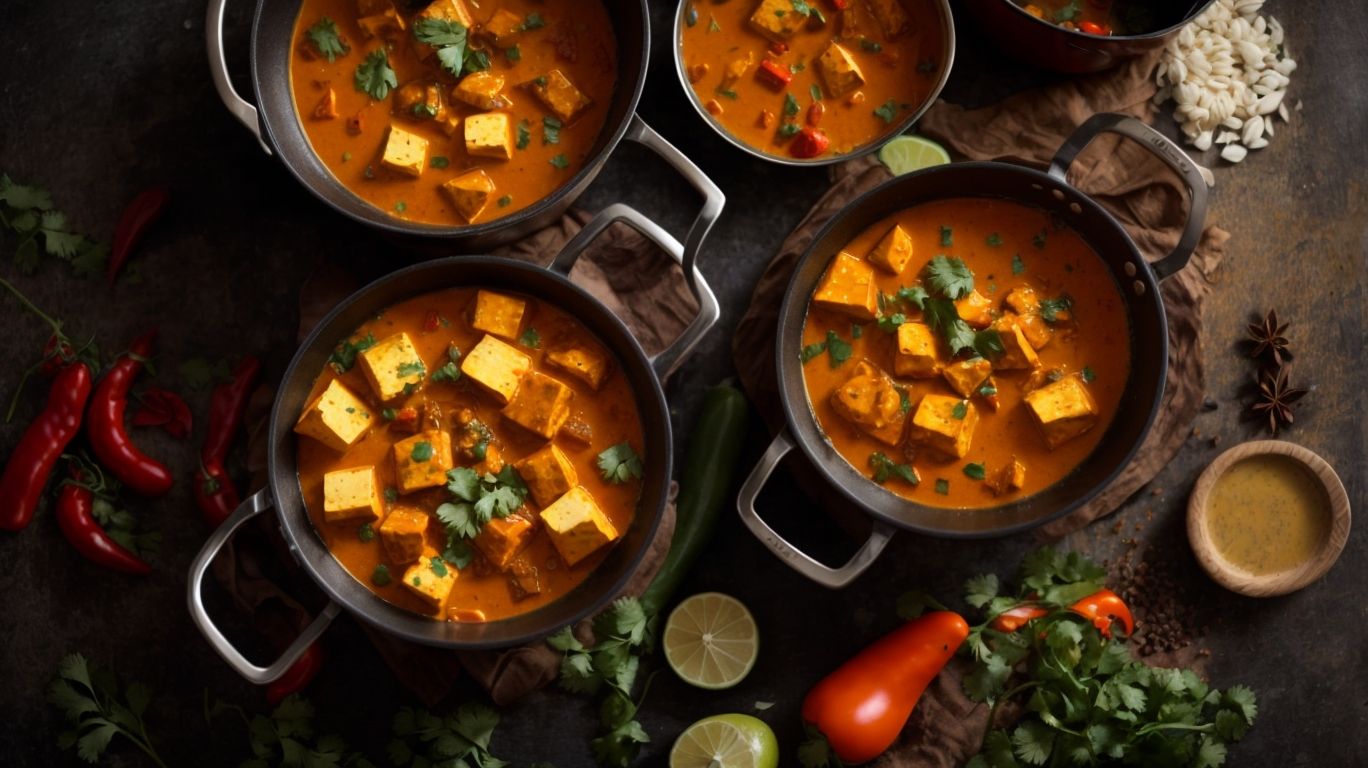
Credits: Poormet.Com – Juan King
To achieve a perfect paneer curry, consider enhancing the flavors by toasting whole spices, adjusting seasoning as per taste, and incorporating a touch of cream for added richness.
Start by toasting whole spices like cumin seeds, coriander seeds, and cardamom pods in a dry pan to intensify their flavors.
Once the spices release their aroma, grind them into a fine powder for a fragrant base that will elevate your curry.
Don’t hesitate to adjust the seasoning with salt and red chili powder to suit your preferences, keeping in mind that a balance of heat and salt is crucial for the overall taste.
- Remember, a dash of cream at the end helps to mellow down the spices and brings a velvety texture to your curry.
Serving Suggestions for Paneer Curry
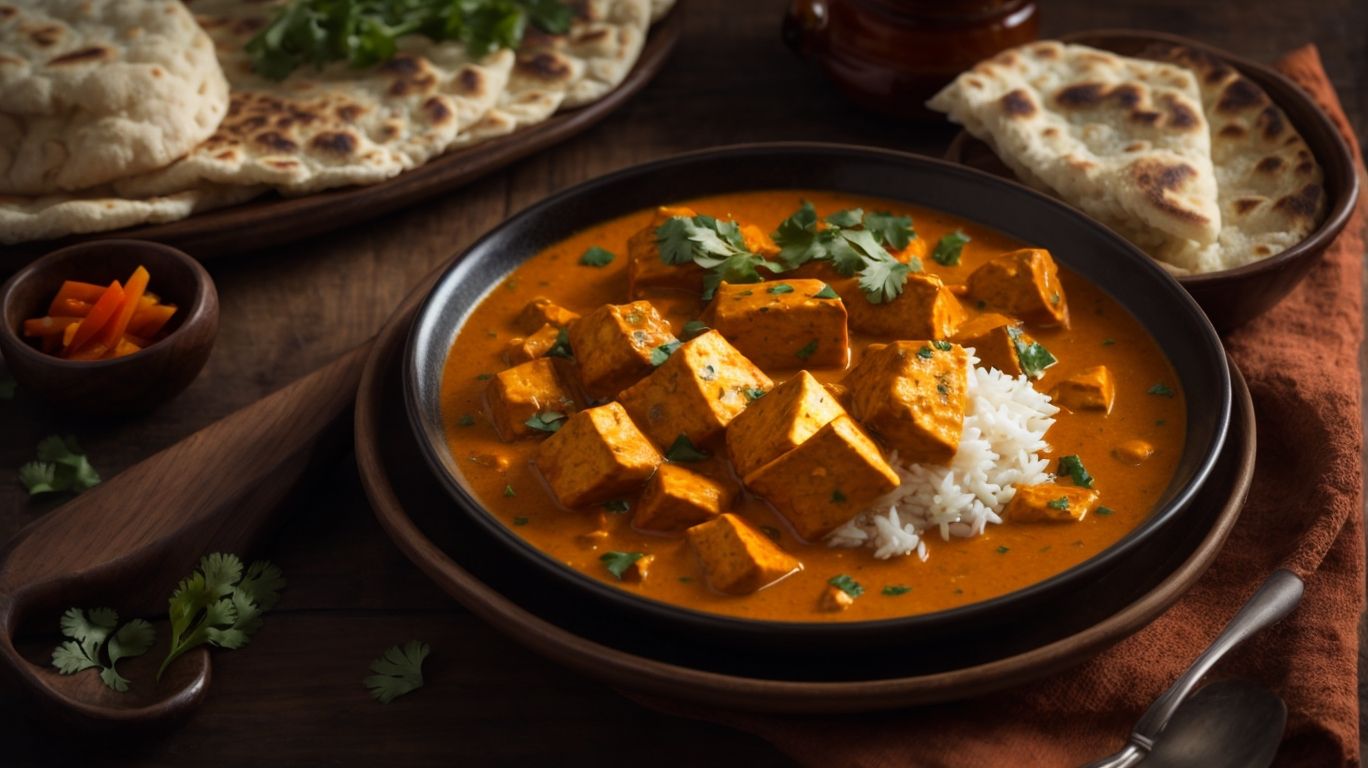
Credits: Poormet.Com – Russell Allen
Paneer curry pairs beautifully with steamed basmati rice, butter naan, or aromatic jeera rice, offering a delightful meal experience enriched with traditional Indian flavors.
For a classic combination, serve the fragrant paneer curry with fluffy basmati rice that perfectly complements its creamy texture. If you’re craving something indulgent, opt for buttery naan bread that soaks up the flavorful gravy. For a twist, try pairing it with jeera rice, infused with the earthy aroma of cumin seeds.
To elevate the experience, consider garnishing the dish with fresh cilantro leaves for a burst of freshness or a dollop of cooling raita on the side. The coolness of raita balances the heat from the spices in the curry, creating a harmonious blend of flavors.
Conclusion: Enjoy Your Delicious Paneer Curry!
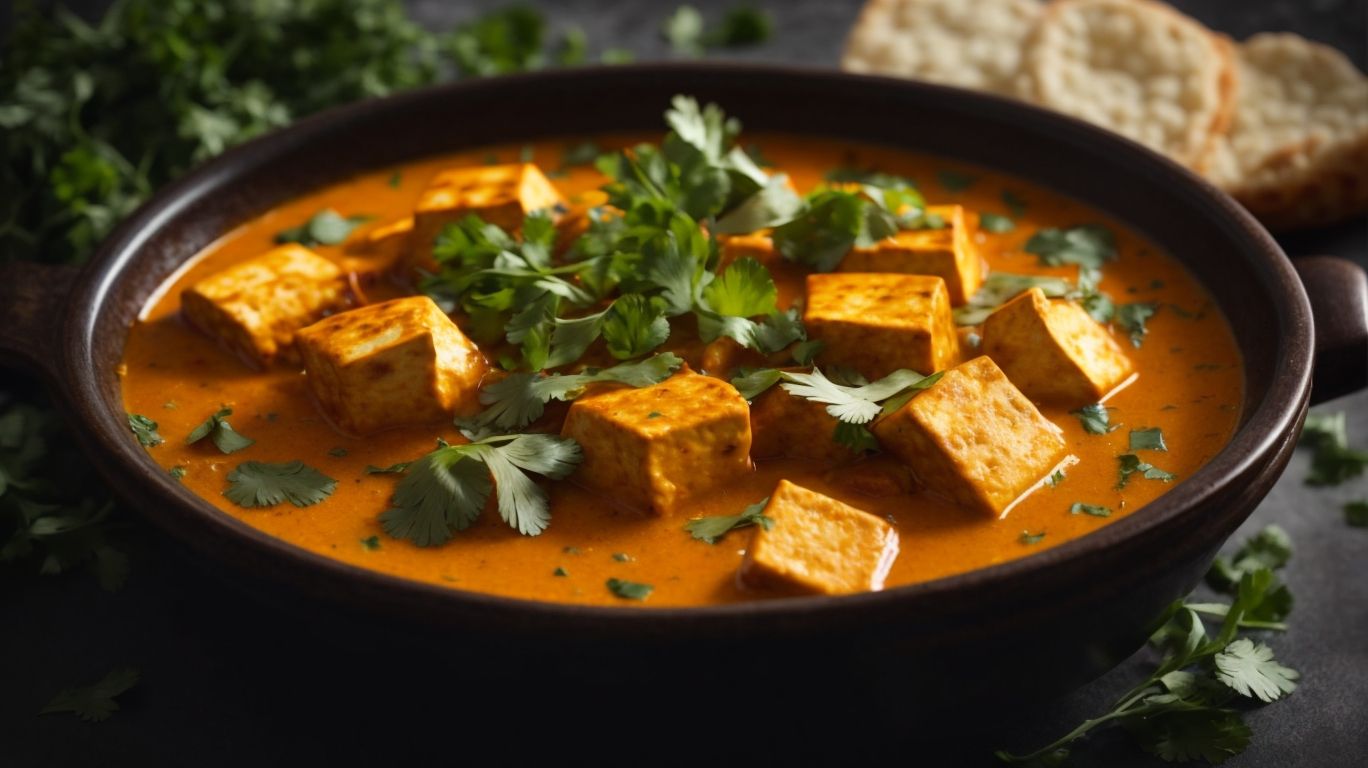
Credits: Poormet.Com – Harold Nguyen
Indulge in the flavors of a delicious and creamy paneer curry that captures the essence of traditional Indian cuisine with a modern twist.
Paneer curry is a beloved dish in Indian households and restaurants alike, thanks to its rich and satisfying taste. The creamy texture of paneer, a type of Indian cottage cheese, pairs harmoniously with the vibrant spices and aromatic herbs used in the curry. Each bite offers a burst of flavor that tantalizes the taste buds and leaves a lasting impression. Whether it’s enjoyed with fluffy naan bread, fragrant basmati rice, or by itself, paneer curry never fails to deliver a gratifying dining experience.
Frequently Asked Questions
How to Cook Paneer for Curry?
Cooking paneer for curry may seem daunting, but with the right technique, you can create a delicious and flavorful dish. Here are some frequently asked questions and answers to help guide you through the process!
What is the best type of paneer to use for curry?
The best type of paneer to use for curry is firm or extra firm. These types of paneer hold their shape well and do not become too soft or mushy when cooked in the curry sauce.
Do I need to marinate paneer before cooking it in curry?
No, marinating paneer is not necessary when cooking it for curry. However, you can marinate it for a few minutes in some spices and yogurt for added flavor if desired.
How can I prevent paneer from becoming too hard in the curry?
To prevent paneer from becoming too hard in the curry, make sure to add it towards the end of the cooking process. This will allow it to absorb the flavors of the curry without becoming overcooked.
Can I use frozen paneer for curry?
Yes, you can use frozen paneer for curry. Just make sure to thaw it completely and pat it dry before adding it to the curry sauce. This will help prevent excess water from diluting the curry sauce.
How do I get a creamy texture in my paneer curry?
To get a creamy texture in your paneer curry, you can add a few tablespoons of heavy cream or coconut milk towards the end of the cooking process. This will give the curry a rich and creamy consistency.
What are some common spices to use in paneer curry?
Some common spices to use in paneer curry include cumin, coriander, turmeric, garam masala, and red chili powder. You can also add in other spices and herbs, such as ginger, garlic, and cilantro, for added flavor.

